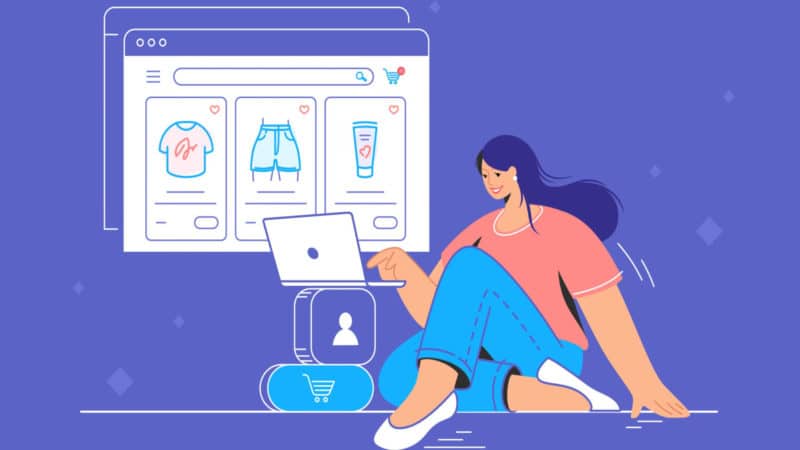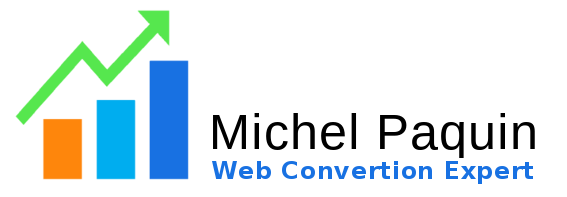How to optimize your ecommerce site for better indexing

Over the next couple of years, how search engines index content will likely change.
I’ve covered this viewpoint in Why 100% indexing isn’t possible, and why that’s OK . Still, this ultimately means that we need to work smarter in competitive markets to create better value propositions and uniqueness to move above the ranking quality threshold.
For different websites, indexing key pages can mean different things. But for ecommerce stores, it boils down to two types of pages: The category page or product listing page (PLP).
The individual product page or product details page (PDP).
Historically, many ecommerce websites have implemented similar strategies – to bulk out the category page with some form of “SEO content” (that mostly fell to the bottom of the page) and an optimized H1.
Individual product pages, on the other hand, often receive less attention. A few key products might have product descriptions written. But most of the time, the page content is left to the product information management (PIM) solution to populate. Why indexing signals matter in ecommerce
First, I want to clarify that when I’m talking about “indexing signals,” I’m not talking about the page-level indexing signals we can control, such as canonicals and noindex tags.
For the most part, I’d like to think these are correct, as related issues should be found in the first five minutes of looking through any crawl data.I’m referring to the signals we can generate when Google (and other search engines) are processing your website and the content on individual product pages to ascertain whether it would be a “good” document to rank within search results pages and for which queries.The decision on whether the page (the individual HTML document) is good enough to index comes down to the notion of a quality threshold. Search engines need to have a […]
Click here to view original web page at searchengineland.com
I am a robot. This article is curated from another source (e.g. videos, images, articles, etc.). For the complete article please use the link provided to visit the original source or author. Content from other websites behaves in the exact same way as if the visitor has visited the other website.
Warning: The views and opinions expressed are those of the authors and do not necessarily reflect the official policy or position of MichelPaquin.com.
